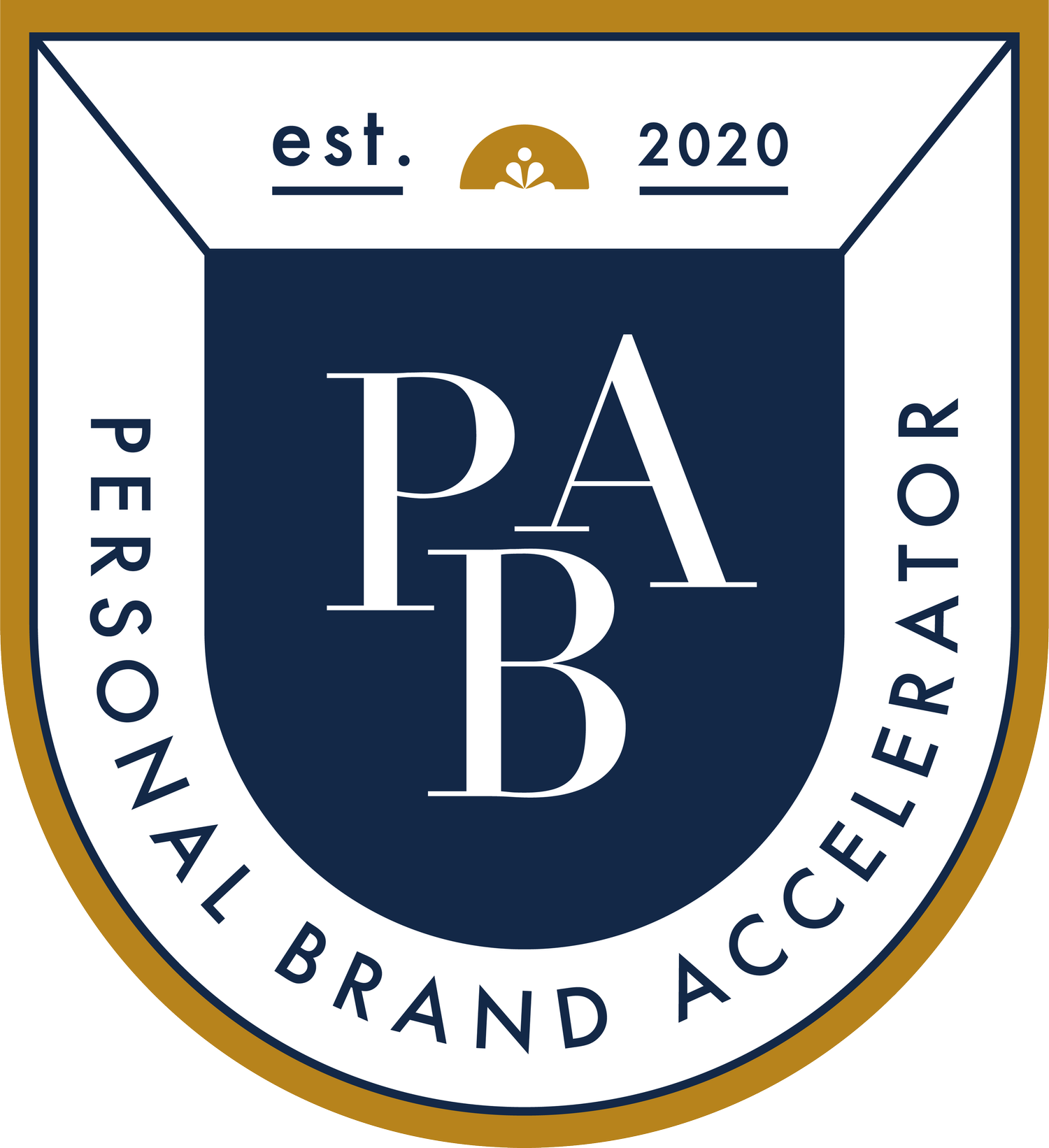Random Hook Ideas You Haven’t Tried Yet (But Should)
Your hook absolutely makes or breaks your video. You’ve heard this before, probably in a dozen different ways, but that’s because it’s true. Your hook is what determines whether someone scrolls past your content or stays to watch the entire thing.
And by far, the most important question you want your audience asking is:
“What happens next?”
If you can create that feeling of curiosity or anticipation within the first two to three seconds, you’ve done your job as a creator. That’s the goal. It’s hard to do, but not impossible.
Here’s how:
The next time you’re scrolling through social media, use it as research. When you find yourself watching a video all the way through, scroll back to the beginning and ask:
What made me stay?
Pay attention to what hooks you. Write those moments down. Study them. Because the patterns you notice will often be the same ones that shape your best-performing content.
Here are a few hook patterns we’ve noticed that rarely get talked about—but make all the difference.
1. Novel Words on Screen
Unexpected words catch our attention more than images.
Instead of “Morning Routine,” try “A Love Letter to 6 A.M.” or “Why I Keep Failing at Slow Living.”
The novelty comes from language that reframes something ordinary.
Examples:
“Getting Ready for Work” → “Becoming Someone I Respect”
“Grocery Shopping” → “Chasing Beauty in the Produce Aisle”
“Packing My Bag” → “What I Bring When I’m Starting Over”
“Making Dinner” → “Cooking for the Girl Who Thought She’d Be Married by Now”
“Going for a Walk” → “Learning to Be Seen Again”
Novel language signals that there’s a story behind what we’re seeing, not just an activity.
2. Fast Cuts That Combine Multiple Actions
The brain loves rhythm. Fast cuts that blend several micro-actions (pouring coffee → opening laptop → typing → stretching) create momentum and make the viewer subconsciously lean in.
You’re showing motion, not just moments and it keeps the brain chasing what comes next.
3. Aspirational or Romantic Texts That Frame Identity
These are lines that whisper: this could be you.
They work because they project an identity, not just describe an action.
Examples:
“She works from cafés and never misses sunset.”
“He built a life he doesn’t need a vacation from.”
“The woman who buys flowers for herself.”
“Becoming someone who sleeps well at night.”
They invite viewers to step into a feeling, or a version of themselves they secretly want to be.
4. Something Just About to Happen
A hand reaching for a doorknob. Someone taking a breath before speaking. A car door closing.
When we sense something is about to happen, we instinctively wait for the resolution. Even one second of anticipation can hold attention longer than any shocking reveal.
5. Before / After Moments
We’ve seen this in physical transformations, but emotional ones are just as powerful.
Examples:
“Before I knew what I wanted → After I stopped trying to prove it.”
“Before I quit → After I finally rested.”
The tension of transformation keeps people watching because it promises change.
6. Words That Don’t Belong Together
Juxtaposition creates friction, and friction creates curiosity.
Examples:
“Soft Ambition”
“Loud Peace”
“Delicate Chaos”
“The Art of Falling Apart Gracefully”
“A Tender Kind of Ambition”
Our brains pause to make sense of contradictions, which buys you those extra seconds of attention that can make all the difference.
The Bottom Line
The best hooks don’t shout for attention, they earn it by creating curiosity.
They make people feel something, wonder something, or want to see how the story ends.
So the next time you sit down to make a video, don’t overthink the algorithm.
Focus on your first three seconds and ask yourself, would I stay and watch this?
Ready to Get Better at Your Hooks?
If you want to learn how to create scroll-stopping videos, join Personal Brand Accelerator (PBA). Inside, we teach creators and entrepreneurs how to craft powerful hooks, tell unforgettable stories, and build content strategies that actually get results.

